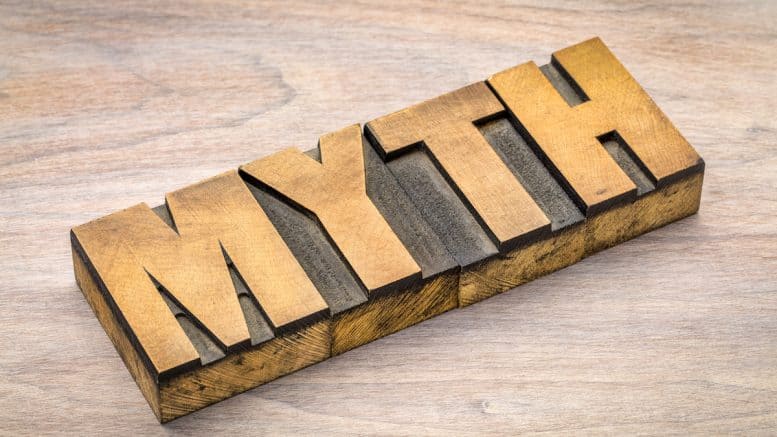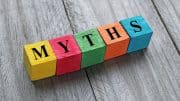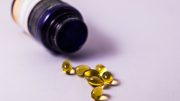Not feeling sore does not mean you did not get a good workout.
If you live by the motto “no pain, no gain,” you might want to relook at your workout plan because you could be increasing your risk of a potentially serious injury. Pain and soreness are warning signs that you are overdoing it. A little soreness and tightness after exercise may be a good thing, but a pain that is activity limiting is too much.
Is there such a thing as the healthy or good level of soreness after a workout? Maybe. There is a difference between soreness and pain. For example, you get a little burning in your legs when you maximally work your legs is a marker of the limits of training and the border of overtraining. This burning is caused by a lactic acid build up, and it will slowly go away with time. This type of discomfort is not necessary to create improvement, but it helps to mark the beginning risk of injury. True pain from a muscle tear or injury is often associated with swelling or bruising and is often a result of overtraining. This pain during a workout that is not acceptable can limit your ability to train for long periods of time.
Basically, pain is not required to achieve progress. You can reach your limit without pain, and you should use pain as a marker of overtraining. With proper posture, rate, rest, and technique, you can maximize your effort and success without risking injury. Become compromised due to fatigue; it’s time to give it a rest. The point is avoiding anything that puts your body in a compromised position may increase your risk of injury. While soreness and workout intensity are sometimes connected, you can achieve success without experiencing pain or soreness.
The bottom line: Rather than judging your daily exercise by how sore you are the next day, you need to understand what pain is and that there is a difference between discomfort and pain. Pain is a symptom of more than the intensity if your workout and it might indicate an injury. Resting is the key to ensure your muscles are ready to go the next time you hit the gym and avoiding injury.









Be the first to comment on "Myth: No Pain, No Gain"